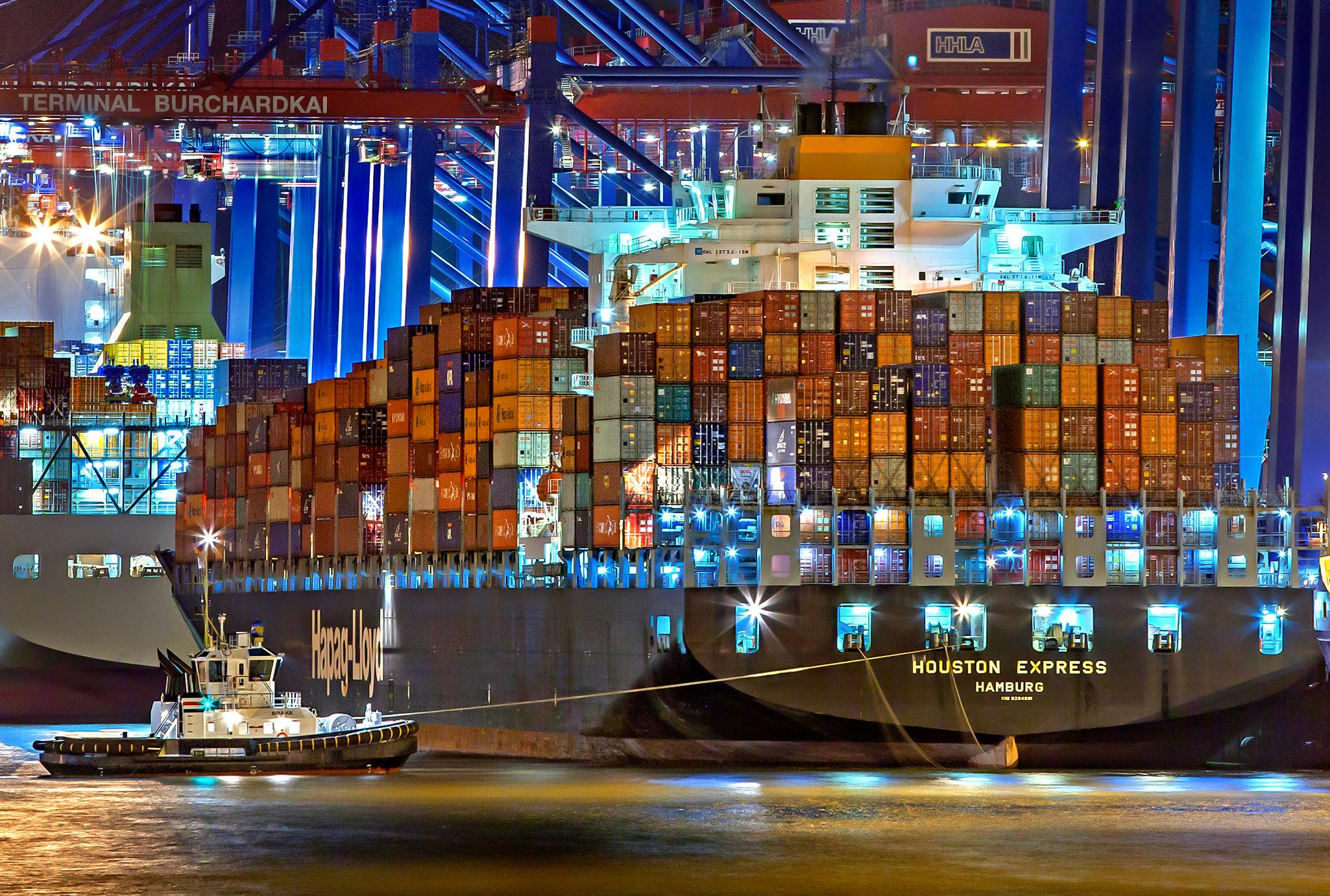The U.S. government’s decision to impose a sweeping 100% tariff on all Chinese imports from November 1, 2025, marks one of the boldest moves in recent trade history. For the technology world, it’s not just an economic measure—it’s a direct strike at the foundations of global production.
Apple’s Fragile Supply Web
Apple may be the most vulnerable Western brand in this conflict. Despite its diversification into India and Vietnam, more than half of its high-value assembly and over 80% of its supplier ecosystem still rely on China. iPhones, Macs, and AirPods assembled or sourced from Chinese plants will face doubled costs when entering U.S. borders.
While Apple could absorb part of the impact, consumers might soon see a $1,499 iPhone baseline. The company’s shift toward India could accelerate dramatically—but scaling to match China’s precision and efficiency could take years.
Samsung’s Strategic Advantage
Unlike Apple, Samsung diversified early. Its core manufacturing network spans South Korea, Vietnam, and now India. Still, Samsung sources key components—particularly memory modules and displays—from Chinese suppliers. A 100% tariff would raise costs across its smartphone, TV, and semiconductor divisions.
Chipmakers and the Semiconductor Squeeze
The semiconductor industry stands at the crossroads. U.S. firms like NVIDIA, AMD, and Intel depend heavily on Chinese rare-earth materials and manufacturing tools. Tariffs could disrupt fabrication timelines, making chips more expensive and deepening the existing global chip supply crunch.
Key Impact Points
- Prices: Consumer electronics may rise 20–40% in the U.S.
- Supply Chains: Forced diversification away from China could accelerate regional manufacturing in India, Mexico, and Eastern Europe.
- Innovation Risk: R&D spending may decline as margins shrink across the industry.
China’s Likely Response
China will almost certainly retaliate—either by imposing counter-tariffs on U.S. goods or tightening exports of critical rare-earth minerals used in chips and EV batteries. That would hit not only Apple and Tesla but also Western defense and aerospace industries.
My Take: The Future Is Fragmented
The dream of a globalized tech industry—designed in California, assembled in China—is over. The next decade will belong to regionalized technology ecosystems. For Apple, it’s a test of innovation under constraint. For Samsung, it’s validation of its geographic foresight. And for consumers, it’s a reminder that geopolitics now shapes the gadgets in our pockets.
In short: tariffs don’t just tax goods—they reshape the future.

